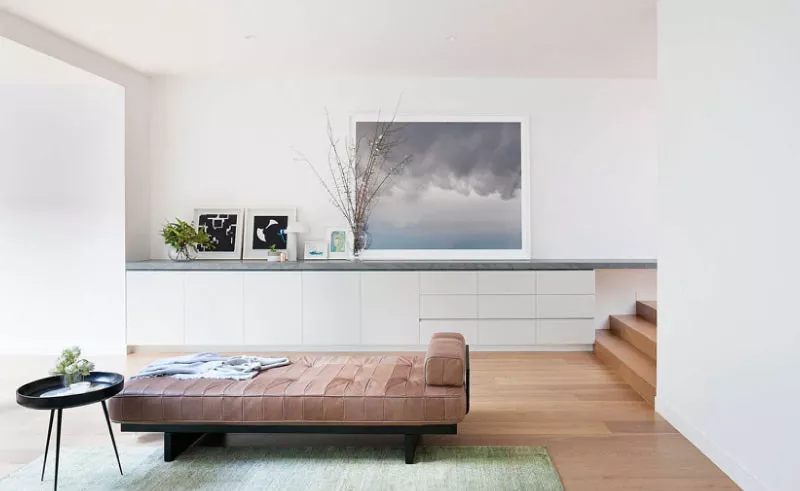In a world driven by consumerism and materialism, the concept of minimalist living has gained traction as a refreshing antidote. Minimalism is more than just an aesthetic; it’s a way of life that prioritises intentionality, simplicity, and the pursuit of meaningful experiences over the accumulation of possessions. By embracing the principles of minimalist living, individuals can transform their spaces and minds from cluttered chaos to serene simplicity.
At its core, minimalism challenges the notion that happiness is derived from owning and accumulating more stuff. Instead, it suggests that true contentment is found in the freedom from excess and the focus on what truly matters. This shift in perspective encourages people to declutter their physical surroundings, letting go of items that no longer serve a purpose or bring joy.
Minimalist living involves intentional curation of belongings. Each possession should serve a purpose or hold sentimental value. This deliberate approach eliminates the need for excess storage and fosters an environment of order and tranquility. With fewer items vying for attention, it becomes easier to appreciate the beauty in the essentials. The benefits of minimalist living extend beyond the physical realm. As possessions are simplified, mental clarity and focus often follow suit. With fewer distractions, individuals can direct their energy toward pursuing passions, building relationships, and engaging in activities that align with their values.


This shift in focus from things to experiences enriches life’s tapestry. Minimalism also emphasises sustainability. By reducing consumption and waste, individuals contribute to a healthier planet. A conscious decision to buy only what is truly needed translates to less resource depletion and a smaller carbon footprint. This alignment with eco-conscious values aligns well with the broader environmental movement. Transitioning to a minimalist lifestyle requires a process of self-exploration and reflection.
It involves evaluating priorities and discerning between wants and needs. Beginning with small steps, such as decluttering one room at a time or adopting a “one in, one out” rule for new purchases, can make the transition smoother. We believe that minimalist living is a deliberate choice to simplify life, liberate the mind, and create a sense of serenity in a cluttered world. It encourages a mindful approach to consumption and possessions, fostering intentionality and contentment. By embracing the principles of minimalist living, individuals can transform their spaces and lives, finding joy in the freedom from excess and the pursuit of what truly matters.









COMMENTS
Comments are moderated and generally will be posted if they are on-topic and not abusive.
For more information, please see our Comments FAQ